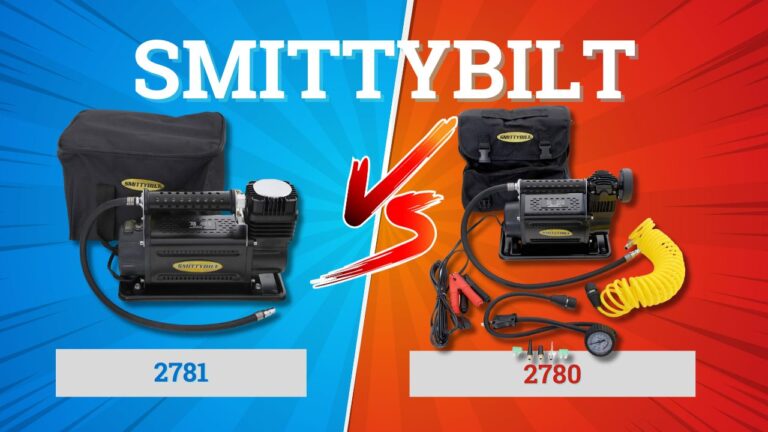Batteries are a crucial component of many electronic devices, ranging from flashlights to high-end gadgets like smartphones and laptops. Two common types of batteries used today are the CR123 and 18650 batteries. These batteries are similar in many ways, but there are also key differences between them. This article will compare CR123 and 18650 batteries in detail, highlighting their features, advantages, and disadvantages.
What are CR123 batteries?
CR123 batteries, also known as CR123A, are small cylindrical lithium batteries. They are commonly used in flashlights, security systems, and digital cameras. CR123 batteries typically have a voltage of 3 volts and a capacity of 1500mAh to 1700mAh. They are non-rechargeable batteries, meaning that they are discarded once they run out of power.
Advantages of CR123 batteries
- CR123 batteries are small and lightweight, making them ideal for use in portable devices like flashlights and cameras.
- They have a long shelf life, which means they can be stored for several years without losing their charge.
- CR123 batteries have a high energy density, which means they can deliver high levels of power in a short period.
- They are resistant to extreme temperatures, making them suitable for use in harsh environments.
Disadvantages of CR123 batteries
- They are not rechargeable, which means that they have to be discarded after use.
- They can be expensive compared to other types of batteries, especially if they are used frequently.
- CR123 batteries are not widely available in stores, which can be inconvenient if you need to replace them quickly.
Check Also – CR123 Vs 16340 Batteries: What Are The Differences?
What are 18650 batteries?
18650 batteries are another type of lithium-ion battery. They are cylindrical and have a diameter of 18mm and a length of 65mm, hence the name 18650. 18650 batteries are rechargeable and commonly used in devices like laptops, power banks, and electric vehicles. They typically have a voltage of 3.6 volts to 3.7 volts and a capacity of 2200mAh to 3400mAh.
Advantages of 18650 batteries
- 18650 batteries are rechargeable, meaning that they can be used multiple times.
- They have a high capacity, which means that they can provide a lot of power to devices over a long period.
- 18650 batteries are widely available, making them easy to find and replace.
- They are cost-effective in the long run, as they can be recharged and used multiple times.
Disadvantages of 18650 batteries
- They are larger and heavier than CR123 batteries, making them less portable.
- 18650 batteries have a shorter shelf life than CR123 batteries, which means they need to be recharged periodically to maintain their charge.
- They are sensitive to high temperatures and can be damaged if exposed to extreme heat.
Comparison Between CR123 and 18650 Batteries
Capacity and Voltage
CR123 batteries typically have a voltage of 3 volts and a capacity of 1500mAh to 1700mAh. In comparison, 18650 batteries have a voltage of 3.6 volts to 3.7 volts and a capacity of 2200mAh to 3400mAh. This means that 18650 batteries can provide more power to devices over a longer period than CR123 batteries.
Rechargeability
CR123 batteries are non-rechargeable, which means that they can only be used once and then need to be discarded. In contrast, 18650 batteries are rechargeable and can be used multiple times. This makes 18650 batteries a more cost-effective option in the long run, as they can be recharged and used again.
Size and Weight
CR123 batteries are smaller and lighter than 18650 batteries, making them more portable and ideal for use in devices like flashlights and cameras. 18650 batteries are larger and heavier, which can make them less practical for use in portable devices, but they are suitable for use in devices that require more power for longer periods.
Shelf Life
CR123 batteries have a longer shelf life than 18650 batteries, meaning that they can be stored for several years without losing their charge. This makes them an excellent choice for emergency kits or backup power supplies. In comparison, 18650 batteries have a shorter shelf life and need to be recharged periodically to maintain their charge.
Availability
CR123 batteries are not as widely available as 18650 batteries, which can be inconvenient if you need to replace them quickly. 18650 batteries, on the other hand, are readily available and can be purchased from many different stores or online retailers.
Conclusion
CR123 and 18650 batteries are both lithium batteries commonly used in electronic devices. CR123 batteries are smaller, lighter, and have a longer shelf life, but they are not rechargeable and can be expensive. 18650 batteries are larger, heavier, and have a shorter shelf life, but they are rechargeable and cost-effective in the long run. Ultimately, the choice between CR123 and 18650 batteries depends on the specific needs of the device and the user’s preference for portability, rechargeability, and cost-effectiveness.




